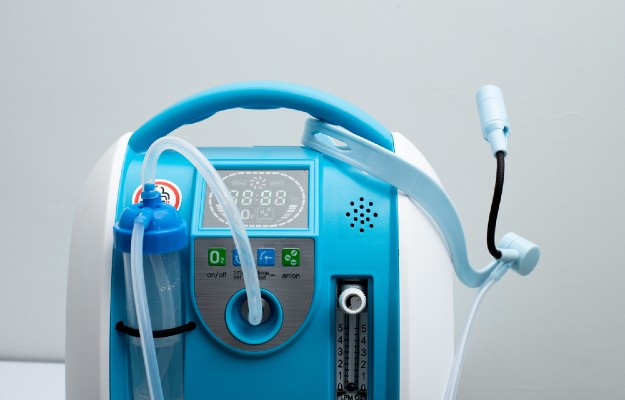COVID-19 has now spread to most parts of the world, infected over 20 lakh people and claimed the lives of nearly 1.5 lakh people globally. This highly contagious viral infection is testing the capacity of most governments, healthcare systems and other public infrastructures.
The SARS-CoV-2 virus, which causes COVID-19, was initially revealed to have the severest effects on people who are already immunocompromised. This group included the elderly and people with comorbidities like heart disease, lung disease, hypertension, kidney disease, etc. As the disease spread and more research about it came out, it was revealed that pregnant women, children and younger people were also at risk of contracting COVID-19. (Read more: COVID-19 prevention tips for older people and those living with chronic diseases)
The US Centres for Disease Control and Prevention (CDC) revealed on 16 March 2020 that of the 508 people hospitalised due to COVID-19 in America till then, 38% were between the ages of 20 and 54 years. These patients not only contracted the infection but also had to be hospitalised and cared for in intensive care units for COVID-19. Recent news reports in India also indicate that younger adults (aged 21-40) are contracting the disease more than any other age group in the country. (Read more: Mild vs severe symptoms of COVID-19)
The lockdown in India, from 25 March - 3 May 2020, may help to arrest the spread of COVID-19. But even after the lockdown is lifted, people everywhere - including young people who are healthy and do not have any comorbidities - must take all the precautions they can to avoid getting the infection from any possible source.









































